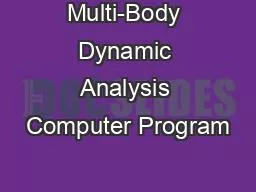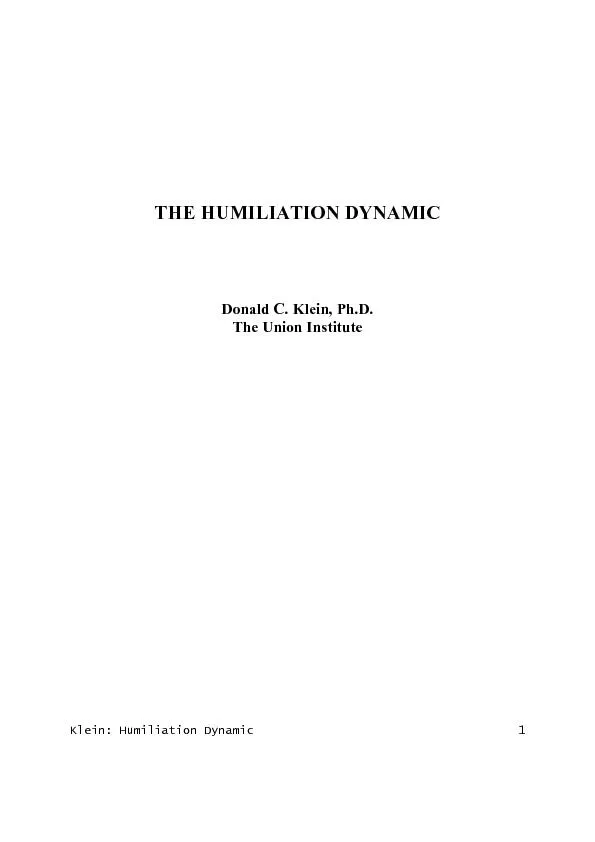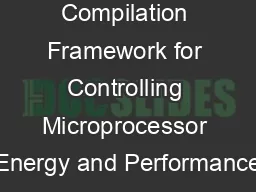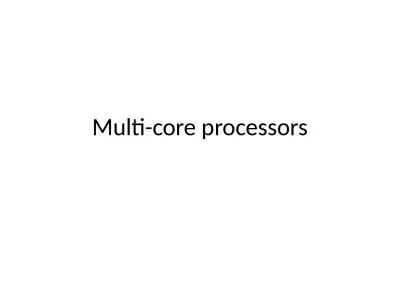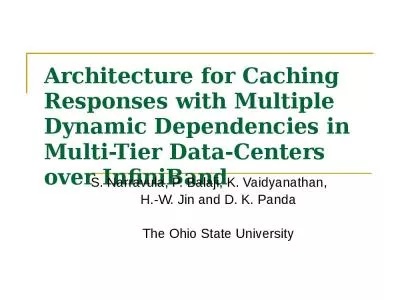PPT-Multi-Body Dynamic Analysis Computer Program
Author : sistertive | Published Date : 2020-08-04
For the Prismatic Core of a HTGR 2015811 JiHo Kang Korea Atomic Energy Research Institute SMiRT23 2015 1 Introduction Korean NuH2 Nuclear Hydrogen project Development
Presentation Embed Code
Download Presentation
Download Presentation The PPT/PDF document "Multi-Body Dynamic Analysis Computer Pro..." is the property of its rightful owner. Permission is granted to download and print the materials on this website for personal, non-commercial use only, and to display it on your personal computer provided you do not modify the materials and that you retain all copyright notices contained in the materials. By downloading content from our website, you accept the terms of this agreement.
Multi-Body Dynamic Analysis Computer Program: Transcript
Download Rules Of Document
"Multi-Body Dynamic Analysis Computer Program"The content belongs to its owner. You may download and print it for personal use, without modification, and keep all copyright notices. By downloading, you agree to these terms.
Related Documents

